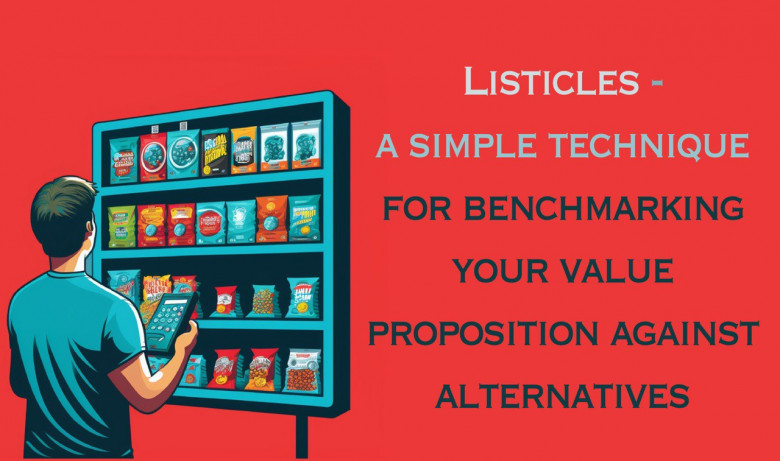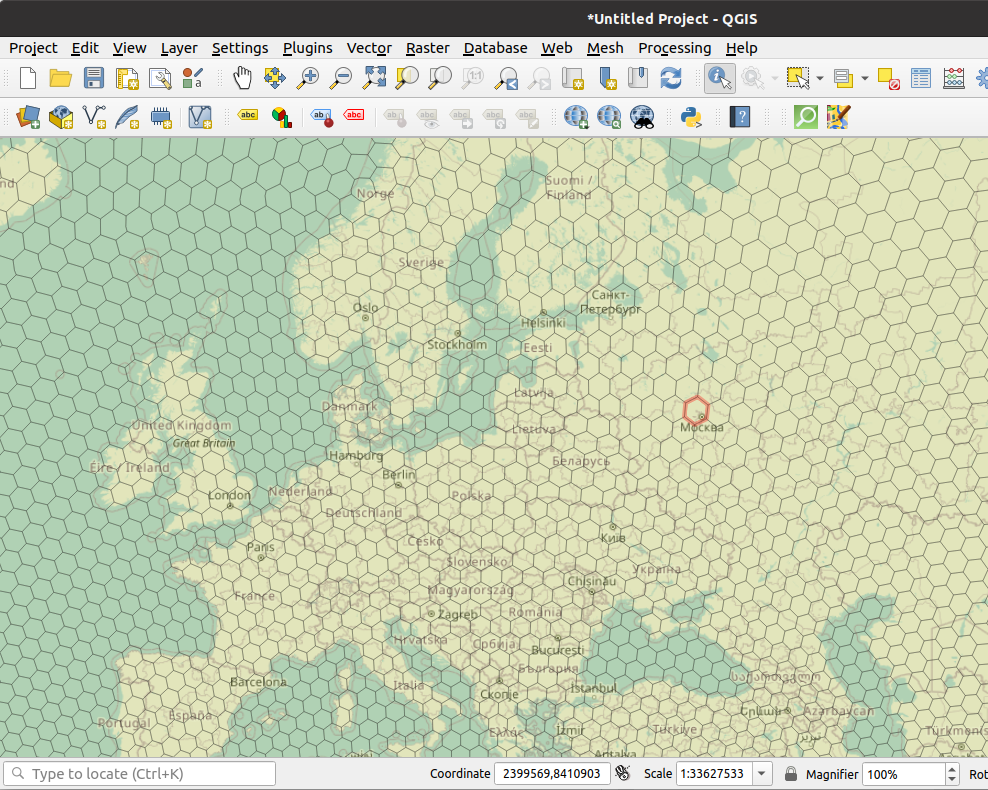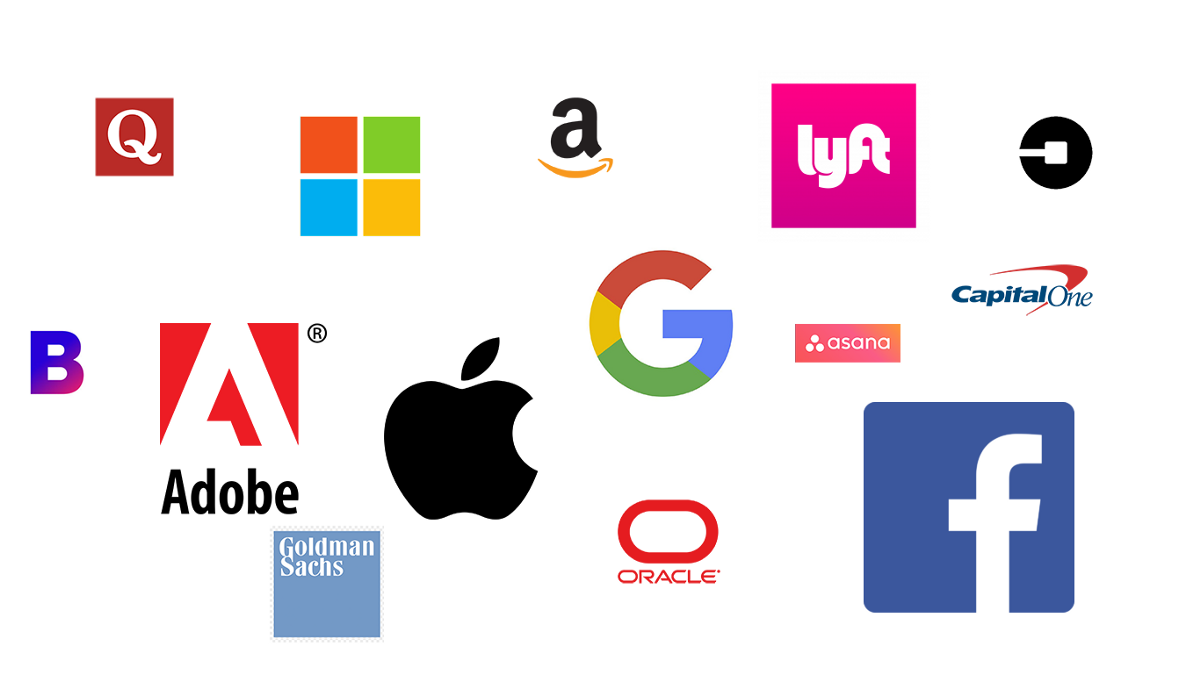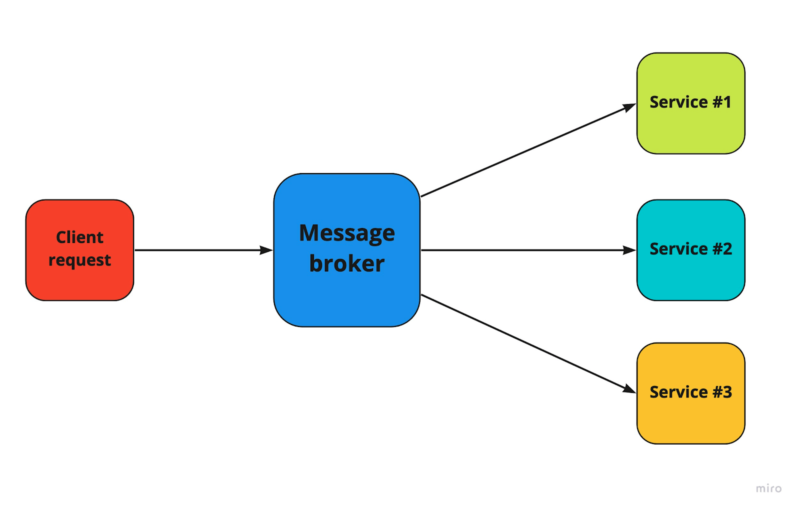
This is a translation of my own article
The release of NewLang language with a brand new "feature" is coming, a remodeled version of the preprocessor that allows you to extend the language syntax to create different DSL dialects using macros.
What is it about?
DSL (Subject Oriented Language) is a programming language specialized for a specific application area. It is believed that the use of DSL significantly increases the level of abstractness of the code, and this allows to develop more quickly and efficiently and greatly simplifies the solution of many problems.
Conditionally, we can distinguish two approaches to DSL implementation:
- Development of independent syntax translators using lexer and parser generators to define the grammar of the target language through BNF (Backus–Naur form) and regular expressions (Lex, Yacc, ANTLR, etc.) and then compiling the resulting grammar into machine code.
- Development or integration of the DSL dialect into a general-purpose language (metalanguage), including the use of various libraries or special parsers / preprocessors.
We will talk about the second option, namely the implementation of DSL on the basis of general-purpose languages (metalanguages) and the new implementation of macros in NewLang as the basis for DSL development.










